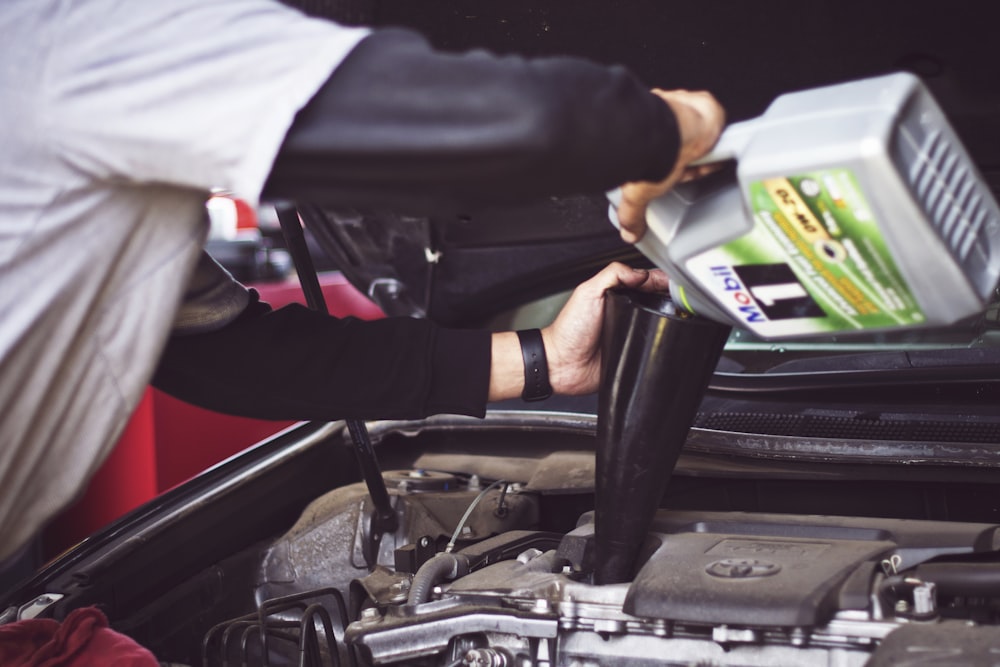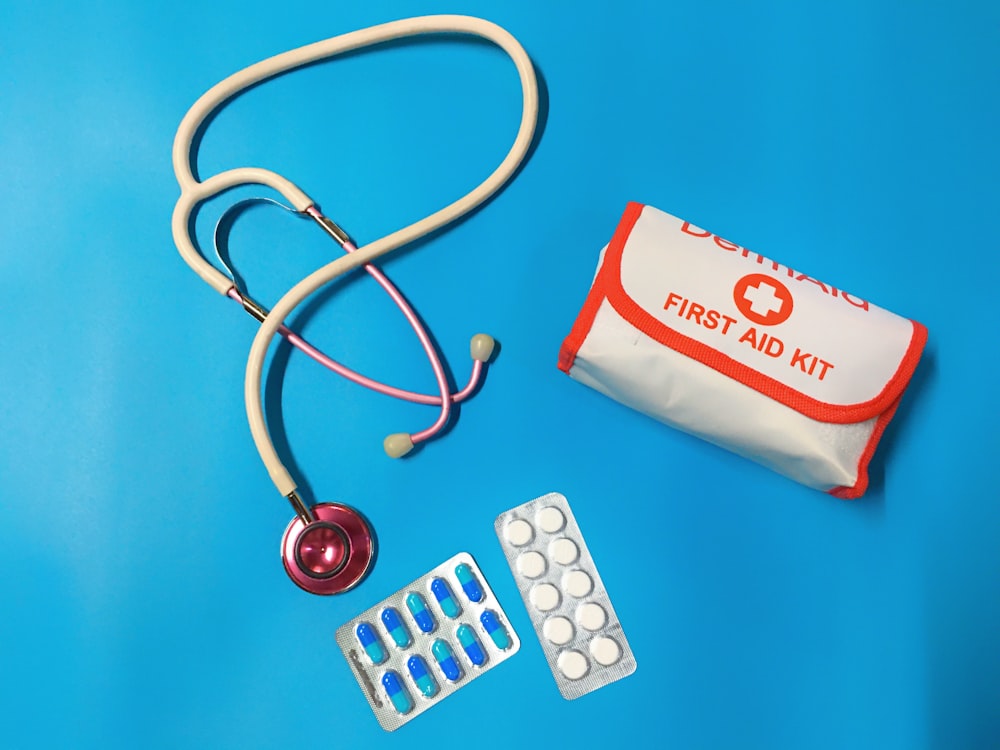Going on a road trip can be an exciting adventure, offering the promise of new experiences, the joy of the open road, and the freedom to discover new places at your own pace. However, to ensure a smooth and trouble-free journey, your vehicle must be up to the task as well. A well-maintained car will assure peace of mind through the journey. In this comprehensive guide, delve into the essentials of pre-trip car maintenance, covering all the aspects of the vehicle from its external elements to its internal workings.
Tires and Wheels System
Start your pre-trip car maintenance by checking the tires and wheels of your car. Thoroughly examine the tires and check the depth of the treads and any signs of uneven wear on them, as this may be a sign of the wheel having alignment issues.
Check the tire pressure, and ensure they are properly inflated, underinflated tires can compromise safety and lead to a decrease in fuel efficiency. Additionally, make sure that the spare tire is in good condition, properly inflated, and that you have all the necessary tools including a jack and lug wrench to change a tire if needed. Well-maintained tires are essential for a safe and smooth journey.
Fluid levels
Photo by Tim Mossholder on Unsplash
There are a plethora of fluids to check in any vehicle, make sure to label or tick them off as you go. It’s best to have an order such as – engine oil, transmission fluid, brake fluid, power steering fluid, and coolant.
While it is imperative to check them before heading on a long family trip with the kids, this is also a task that should be completed regularly. Top up fluids to recommended levels and replace them if they seem dirty or contaminated. Low or dirty fluids can lead to engine damage and overheating, as well as increased wear and tear. Maintaining the proper level of fluids is crucial for the vehicle’s optimal performance. Conducting regular fluid maintenance is a simple yet effective way to keep your vehicle running smoothly.
Brakes
Before you embark on your trip, check your brakes and test their reactivity. If you notice any unusual noises or decreased braking performance, it’s advisable to have your brakes inspected by a professional mechanic or by a service center. Depending on the age and mileage of your vehicle, you might want to have the pads and discs looked at by a professional as well. Your vehicle’s brakes are its most important safety feature so make sure they are always in top condition for your safety and the safety of others on the road.
Battery
Photo by Juice on Unsplash
A dead battery can quickly turn a pleasant road trip into a stressful experience. Check your battery for signs of corrosion and ensure the connections are tight and in place. If your battery is several years old or reaching the end of its life, it may be wise to have it tested by a professional, or replaced before hitting the road.
Lights and Signals
Lights and signals are a crucial part of your ability to communicate with your fellow travelers on the freeway and for your vehicle to communicate with you. Check all exterior lights, especially headlights, taillights, brake lights, and turn signals. Make sure all lights are working correctly and replace any burnt-out bulbs.
Additionally, check the alignment of your headlights to ensure they provide optimal visibility without blinding the oncoming traffic. You should also regularly check and clean the lights to maintain visibility during your journey. Clear communication through functional lights and signals is imperative to preventing road accidents.
First Aid Kit
Photo by Kristine Work on Unsplash
In addition to the required mechanical checks, it is imperative to equip your vehicle with a well-stocked first aid kit. Having the right supplies on hand can make a significant difference in case of an accident or an emergency. Ensure your first aid kit includes essential items such as bandages, antiseptic wipes, pain relievers, allergy medication, and specific prescription medications you may require. It is a small investment that will give added peace of mind.
Wipers and Fluid
Check the condition of your windshield wipers. Replace them if they streak across the windshield or show signs of wear and tear. Additionally, make sure that the fluid you are using in your windshield washer is topped up to the recommended levels. A clean and clear windshield enhances visibility and reduces the risk of accidents.
General Inspection
Conduct a general inspection of your vehicle before you hit the road. Look for any visible signs of damage, leaks, or unusual noises. Adequate attention to auto hardware contributes to the structural integrity of your vehicle, ensuring a smoother and safer ride.
Carry a compact tool kit with essentials like a multi-tool, flashlight, spanners, and insulation tape, as this can be invaluable in minor repair situations. Most importantly, if you’re unsure of any aspect of your vehicle’s condition, consult a professional mechanic or a service station and sign up for a thorough inspection.
Conclusion
An enjoyable road trip begins with a well-maintained vehicle, whether you are traveling for business or pleasure. By inspecting and addressing components such as wheels and tires, battery, fluids, brakes, and lights you will reduce the likelihood of inconvenient breakdowns on the road, saving you precious time and freeing you of mental stress. Meticulous planning and following a pre-trip maintenance checklist can be the difference between a road trip worth remembering and an unpleasant one.








